12 Facts About Pearls That You Might Not Know

Pearls - imperishable classics, a unique romance, a symbol of femininity and elegance.
If earlier pearls were only worn on special occasions, now they are combined with T-shirts, jeans, and even leather jackets. 
This is one of those cases when jewelry does not go out of fashion and acquires new meanings over time.
But how much do we really know about these beautiful little gems?
As a pearl expert, I can claim that pearls are unique in their diversity and always unpredictable.
But what is the secret to pearls’ enduring popularity?
What new trends dictate pearl fashion?
Which country is considered the center for pearl cultivation?
Fact #1. Pearls Are The Most Ancient Jewelry
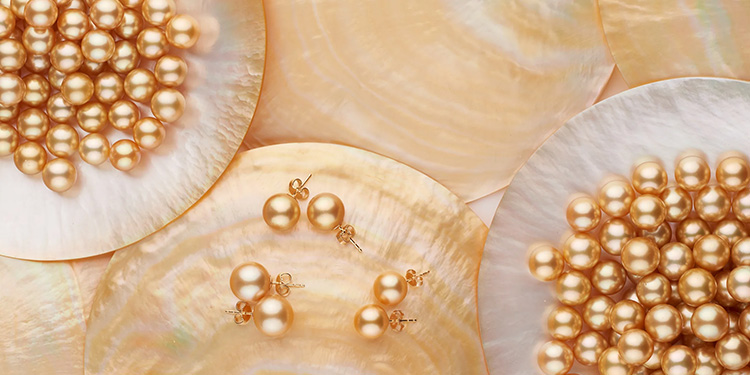
As archaeologists write, as early as 2000 BC, pearls were revered as something precious.
Mentions of mysterious balls made from mother-of-pearl occur on Indian Vedas and Persian tablets.
Chinese were among the first to use pearls actively. At first, they used it instead of money (like cowrie shells), and then they began turning it into jewelry for richer people.
Did you know that ancient Chinese emperors collected monthly tributes from their subjects not in cash but in small bags of pearls?
In China, all court officials had to wear a miniature pearl on their headdress – that was an indication that they held some kind of power.
In Rome, too, pearls were thought so important that monarchs started attaching them to ceremonial clothes.
Eventually, there was even a special term — “power pearl” –– meaning: “pearls as part of your power-dressing strategy.”
learn more:The history of pearls
Fact #2. China Holds The Record For Pearl Cultivation

The main deposits or sources of natural pearls are Japan, Sri Lanka, plus countries around the Persian Gulf and the Red Sea.
Since about the 1950s, though, people have been prohibited from harvesting sea-cultured jewels due to human beings so badly mistreating entire generations of pearl shells.
Nowadays, almost every niche in the market is occupied by cultured pearls, which are cultivated at a river, or coastal farms in China.
And minor amounts are grown near North America and Germany.
China is by far the biggest cultivator of pearls, supplying tens of tons to global markets each year.
There are even stories of pearls growing in specially-flooded rice fields!
Fact #3. Pearl Is Not A Stone In The Classical Sense, But An Organic Compound
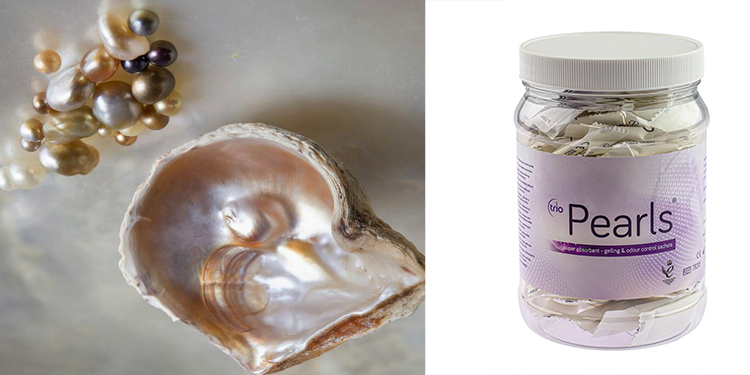
Pearls are a unique product of nature.
They are not a stone in the classical sense but organic compounds that mollusks create as a defense mechanism against foreign substances.
The mollusk covers the uninvited guest with layers of nacre (calcium carbonate), forming a precious ball.
Each pearl is one of a kind, born deep within the heart of nature.
White, cream, pink, ivory, lilac, gold – pearls come in many colors and shades.
Fact #4. Pearls Have Healing Properties
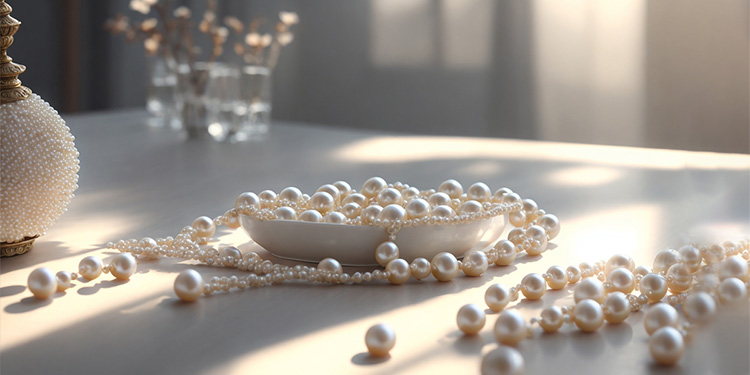
Chinese sages believed pearls had magical properties and created elixirs of youth from them.
For rejuvenation, they took the pearl inside. First, they ground it into powder and then mixed it with wine.
Lithotherapists use pearls to gauge human health: if the color darkens on someone, this signals early onset disease or tumor formation, for example.
It is said white pearls strengthen immune systems and control blood pressure, while pink or yellow ones heal reproductive organs, liver, or stomach issues.
Fact #5. Divine Cleopatra Adored Pearls
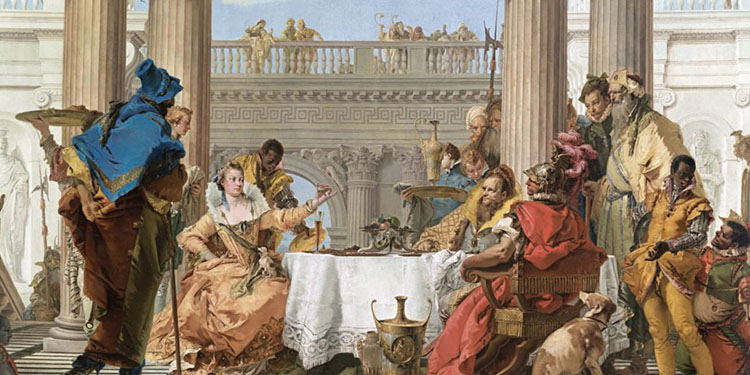
Ancient Egypt was home to some impressive bling – none more so than its most famous queen, Cleopatra.
She loved her pearls so much that she even used one to win an argument against Mark Antony himself.
How? Wanting to prove the superiority of Egypt, that its greatness and wealth surpass Rome, she took the earring out of her ear, took out the pearl, and ground it into powder.
Astonished at Cleopatra’s audacity and ostentatiousness, he recognized he was attending the poshest dinner party in history.
Fact #6. The Pearl Takes A Long Time To Grow
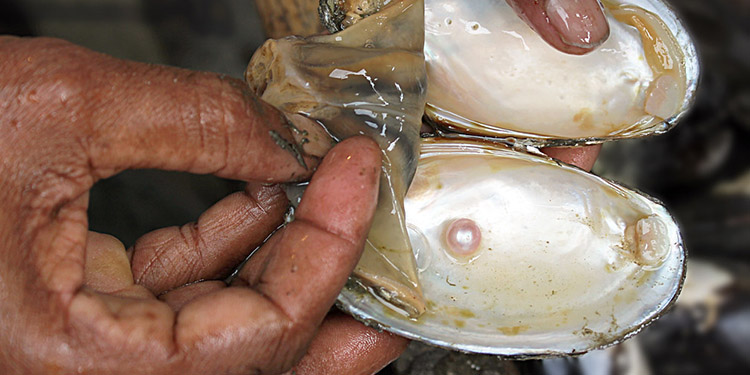
The natural growth period of a pearl can vary greatly: from 9 months to as long as 24 months, depending mainly on the size of the pearl being formed and its molluscan host’s habitat.
In a cultured pearl, however, this process is significantly reduced and may take from as little as six months to perhaps four years.
Each pearl begins life when an irritant or even parasite invades a shell; in response, the mollusk that inhabits it secretes successive layers of nacre over the intruder’s surface until it becomes a fully-fledged pearl.
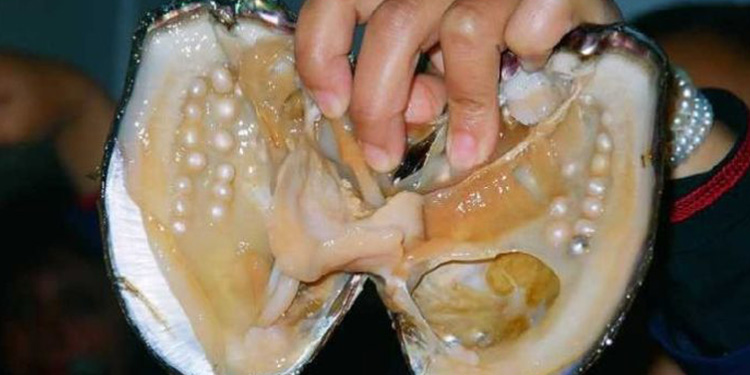
Given that this growth can sometimes be problematical – with some mollusks dying or rejecting the irritant – pearls have traditionally been connected with such qualities as patience and wisdom.
In addition - according to factors such as water quality and individual mollusk quality - this period might be extended.
More favorable conditions lead to faster-growing specimens, which are generally deemed more valuable but occasionally take up to eight years for "maturity."
Fact #7. Pearls Were Used As Decoration In Makeup

So popular were pearls at the courts of Victorian kings and queens that some low-grade ones were ground into powder and used as makeup decoration.
Pearl powder was believed to enhance beauty by giving skin a radiant glow; England’s Queen Elizabeth I is known to have used it daily as part of her makeup regimen.
Even now, many Asian countries use skincare products made with pearl extract for their skin-brightening properties.
This illustrates how the beauty of pearls extends beyond jewelry into other areas.
Fact #8. It Can Be Difficult To Distinguish Original Pearls From Fakes
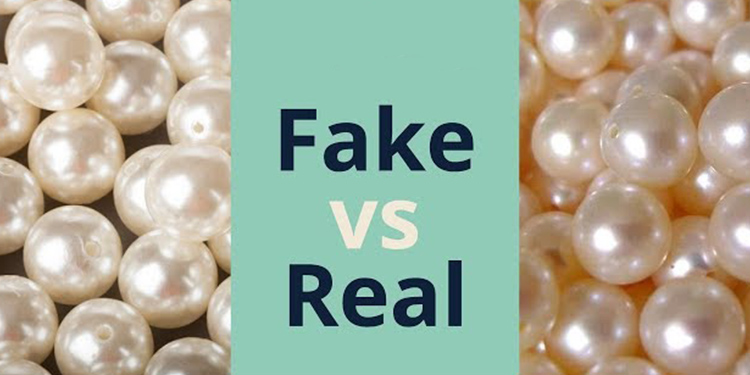
Today, technology has created artificial pieces of nature so perfect that you can hardly tell them apart from originals.
How do you know if it’s a natural pearl? Rub it against your teeth – if you feel roughness or unevenness on the surface, then it’s genuine.
Natural pearls also often come with imperfections: tiny bumps or an uneven shape – these are known as baroque pearls, which collectors highly prize because they’re unique looking.
But again, today, man-made techniques can mimic such imperfections, making telling real from fake even harder.
learn more :How to distinguish between real and fake pearls
Fact #9. La Peregrina Is One Of The Most Famous Pearls In The World

La Peregrina, which means “incomparable” in Spanish, is among the most renowned pearls globally.
The 500-year-old pearl has an oval shape and measures about the size of a large pigeon’s egg.
Ownership of it has shifted hands over time between Philip II, King of Spain; Mary Tudor; Napoleon Bonaparte; and Elizabeth Taylor.
The fact that it sold for $11.8 million at auction in 2011 demonstrates how valuable pearls can be—but some say its worth also derives from its rich history and illustrious owners rather than purely physical properties.
Fact #10. Only 5% Of All Pearls Are Grown In Salt Water

Saltwater pearls are generally considered to be more valuable and desirable because they’re rarer and have a greater luster than freshwater pearls.
Yet only around 5% of all produced are grown in salt water.
Most come from oysters found off coastal regions such as Tahiti, Australia, or Japan.
Around 95% are grown inside freshwater mussels—chiefly those farmed on Chinese lakes—which tend to be cheaper but can still be high-quality gems.
In recent years, there has been growing production of cheap-to-grow freshwater varieties, making them more accessible to consumers.
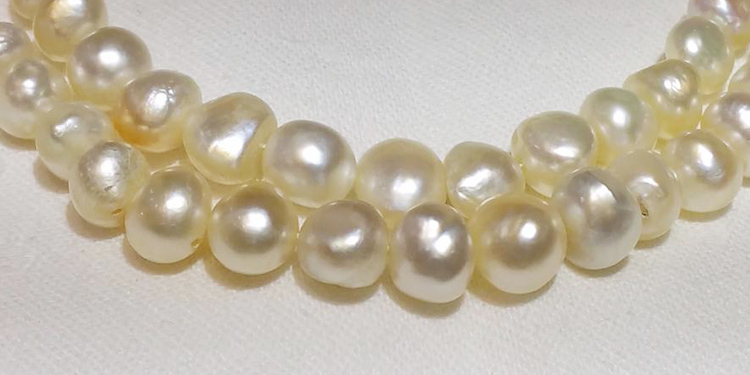
As technology advances further, pearl culturing could continue to become more efficient and affordable—and we might see increased availability as a result.
Fact #11. Pearls Were Used As A Currency
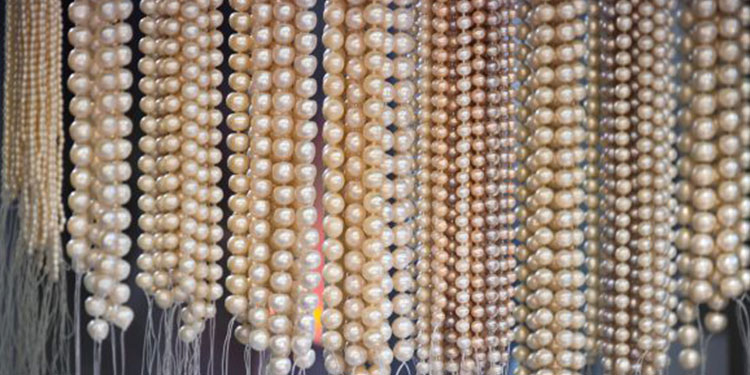
In 1916, Louis Cartier, one of the world's famous jewelers, bought a New York mansion on 5th Avenue for two natural pearl necklaces worth $1.2 million.
This is just one example that shows pearls have long been associated with wealth and luxury.
From royals to Hollywood stars, they have long symbolized sophistication and elegance.
Used as currency in ancient times, pearls have always held their value – continuing today with record-breaking auctions and high prices paid for rare ones.
Fact #12. Pearl Is The Gemstone Of June

People born in June are lucky because this month has three birthstones, one of which – the pearl – is organic and natural.
Legend has it that this gemstone for June babies symbolizes purity and loyalty.
So, given these symbolic meanings, pearls make an ideal gift for anyone born in this month.
But that aside, they’re also timeless and classic – making them a good choice regardless of whether you were born in June or not!
Bottom Line
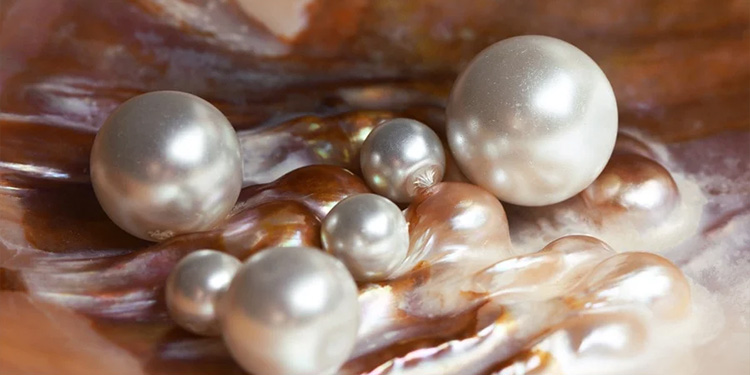
These facts show once again that pearls have had tremendous cultural significance throughout history, from ancient civilizations’ use of them to today’s consumer demand at auction houses around the world.
They’ve stood the test of time - humans will keep treasuring nature’s beautiful creations no matter what - making them an excellent choice if you’re looking for something meaningful to wear or give someone else as a gift.
So, next time you see someone wearing stunning pearl earrings or necklaces, remember all these fascinating facts about one of our most enduring gems!


1 Comment(s)
very good
Leave a Comment